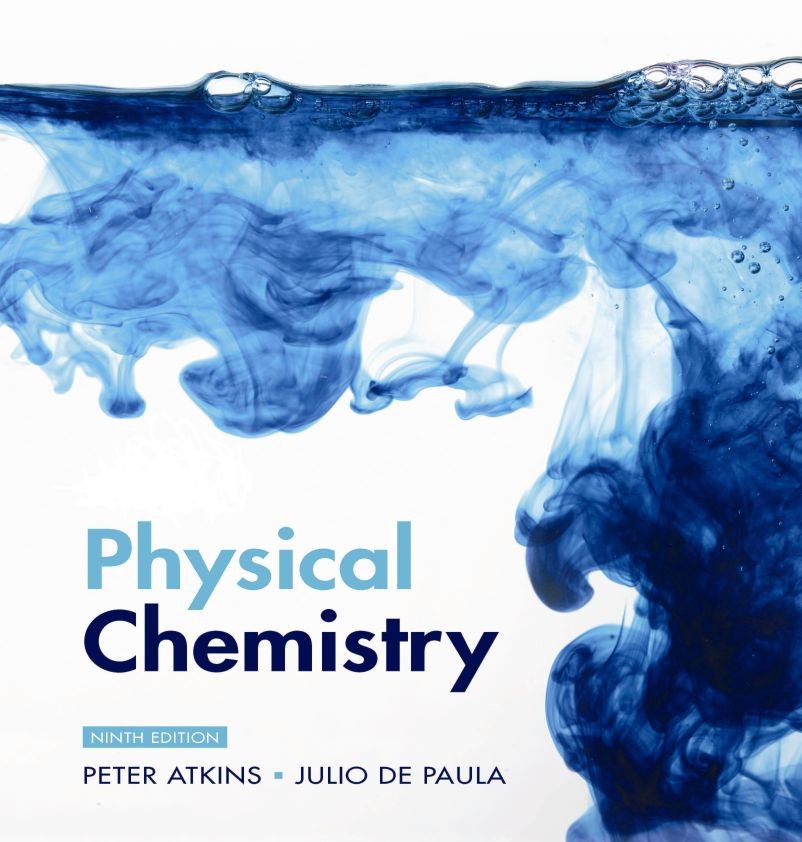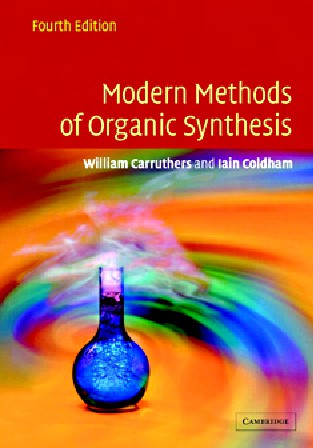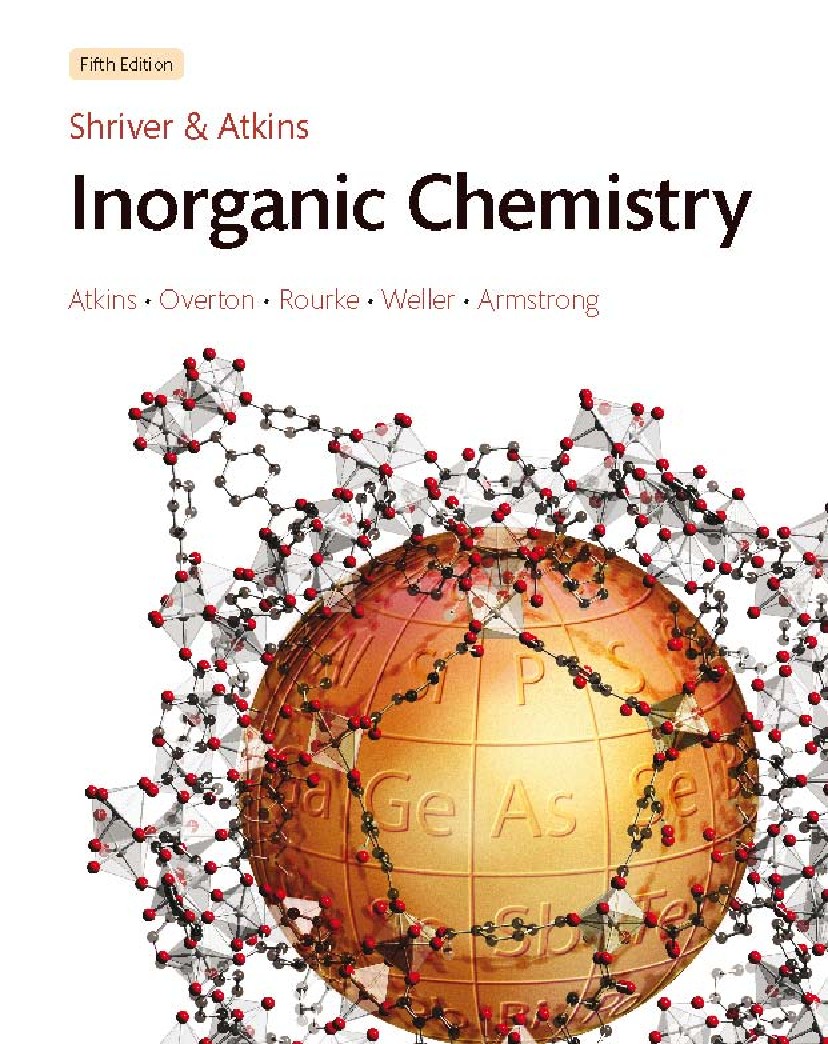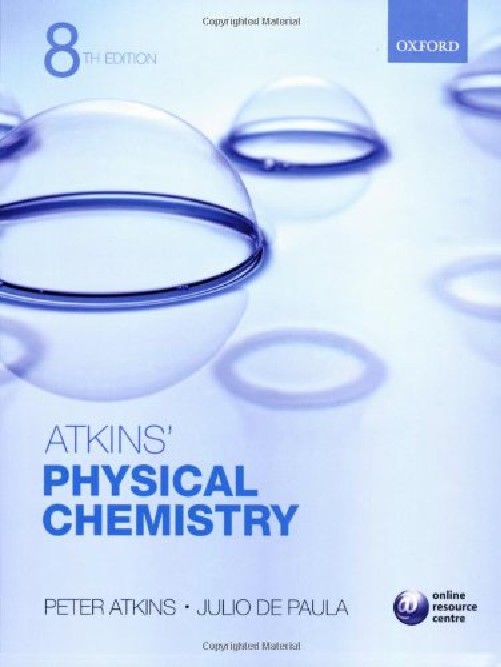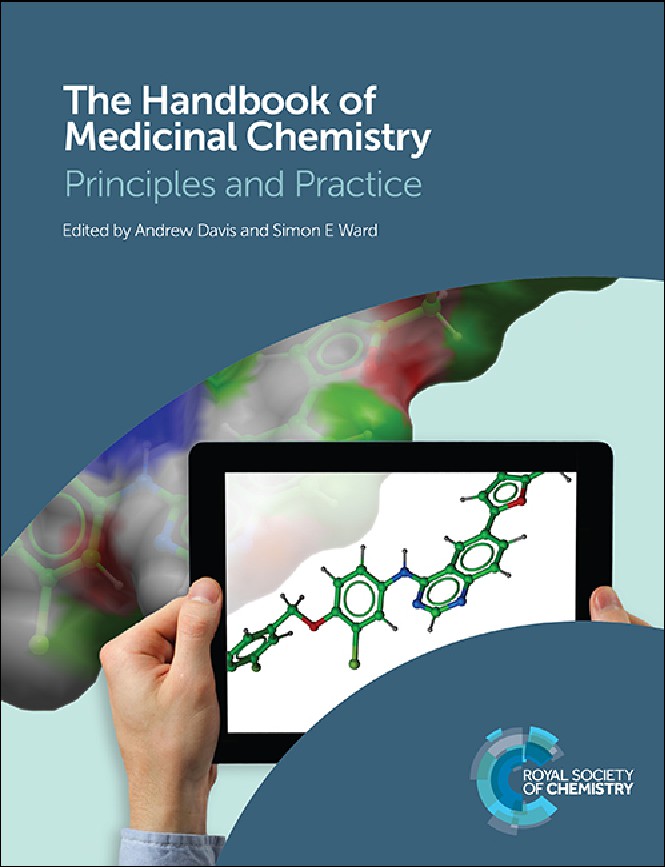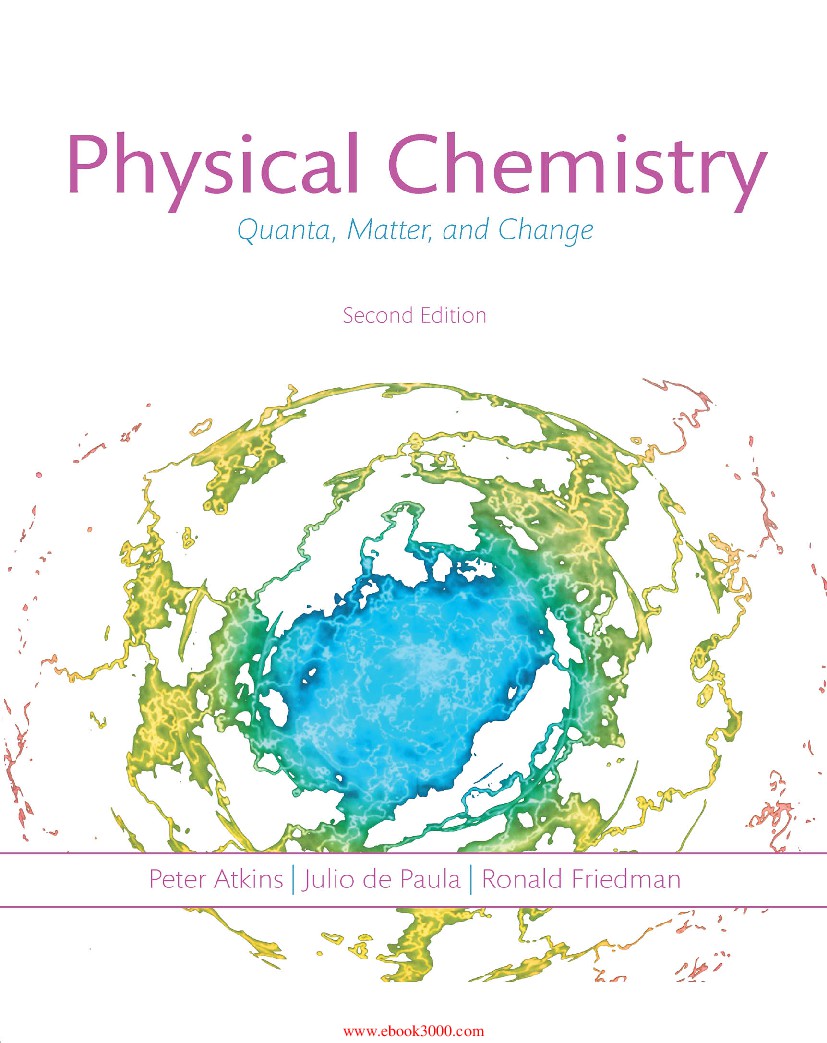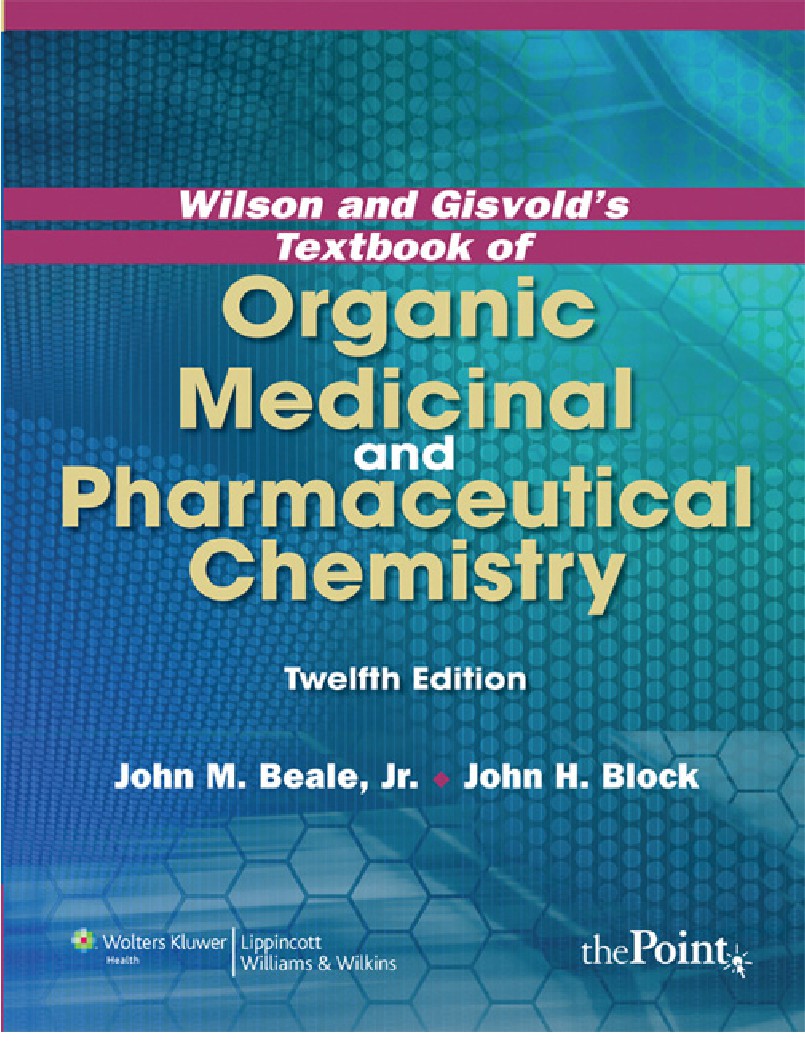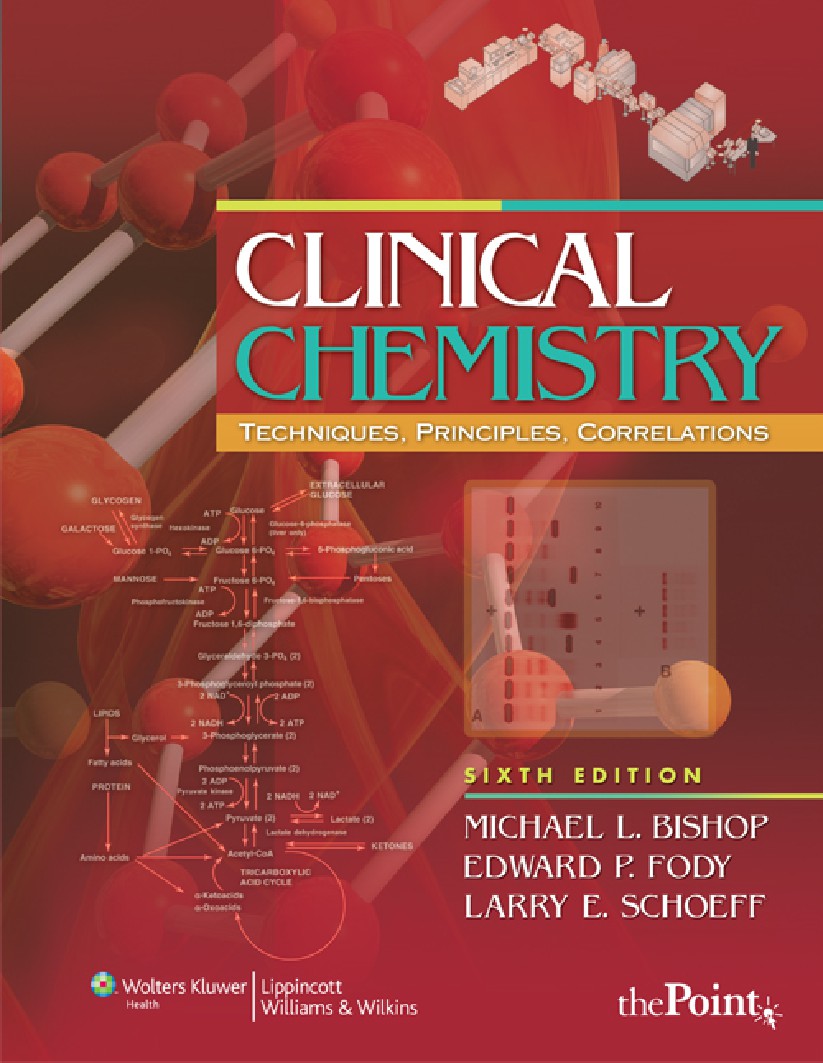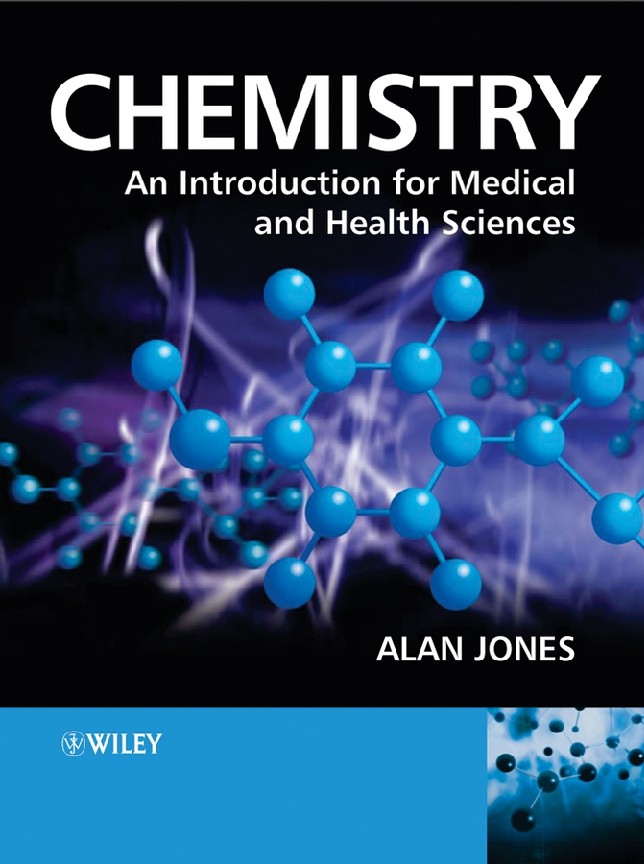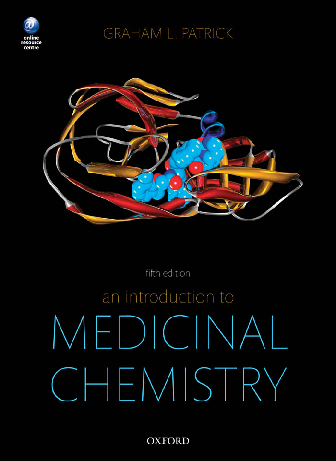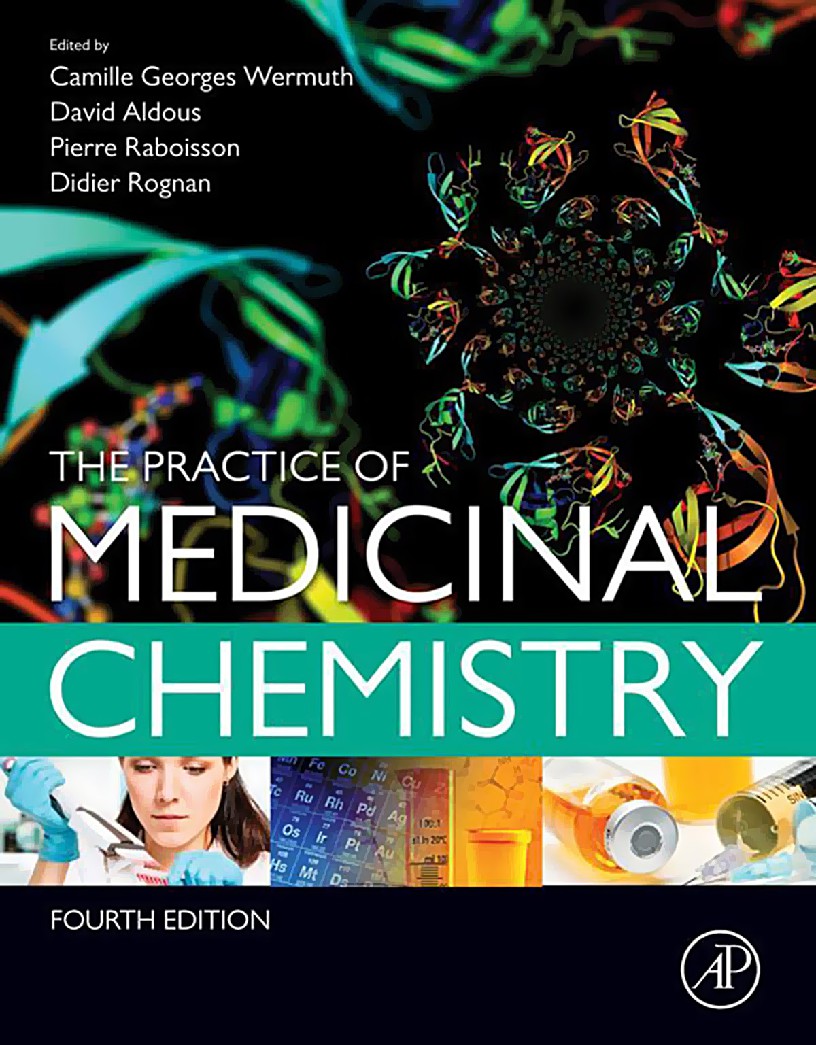Book Details

PERIODIC TABLE OF THE ELEMENTS NONMETALS
Materials that are poor conductors of electricity are generally considered
nonmetals. One important use of nonmetals, in fact, is
the capability to insulate against current low. Earth’s atmosphere is
composed of nonmetallic elements, but lightning can break down the
electron bonds and allow huge voltages to make their way to the ground.
Water in its pure form is nonmetallic, though it almost always contains
impurities called electrolytes that allow for an electric ield.
While scientists categorize the chemical elements as nonmetals,
metals, and metalloids largely based on the elements’ abilities to conduct
electricity at normal temperatures and pressures, there are other
distinctions taken into account when classifying the elements in the
periodic table. he noble gases, for example, are nonmetals, but have
such special properties that they are given their own classiication. he
same is true for the halogens. When referring to the periodic table, the
nonmetal classiication is given to hydrogen, carbon, nitrogen, phosphorus,
oxygen, sulfur, and selenium. All these elements, except hydrogen,
appear on the right side of the periodic table (see “he Nonmetals
Corner,” shown below). Hydrogen’s place is at the upper let, strictly
because of its electron coniguration, though it has been shited in the
following table for ease of grouping.
Author: Monica Halka, Ph.D., and Brian Nordstrom, Ed.D.
Pages: 222
Issue By: eBook 707
Published: 2 years ago
Likes: 1
